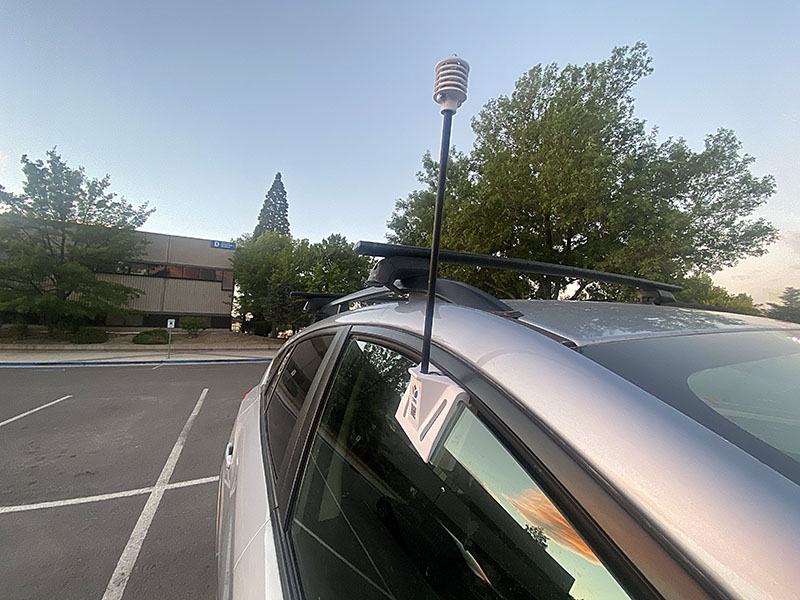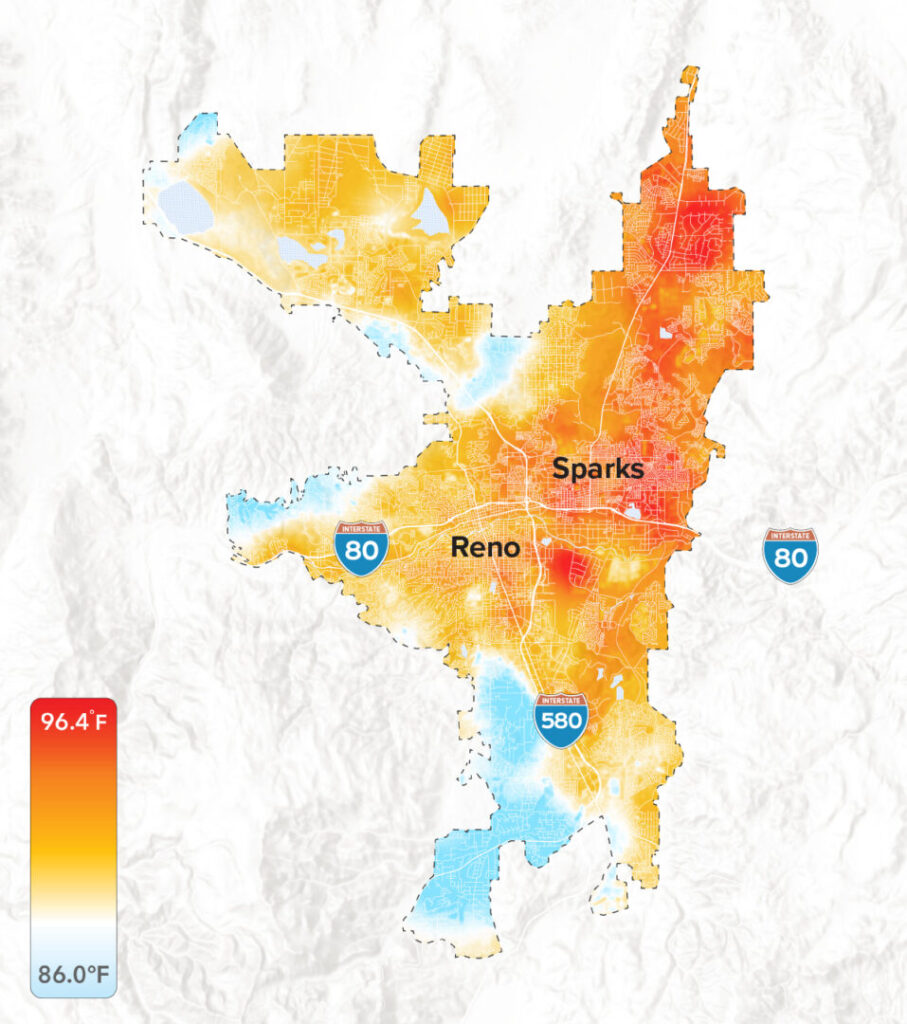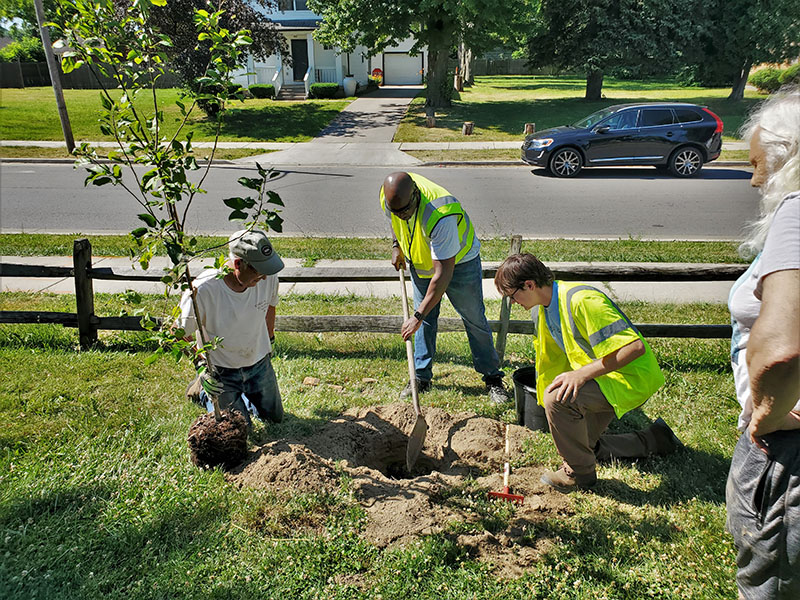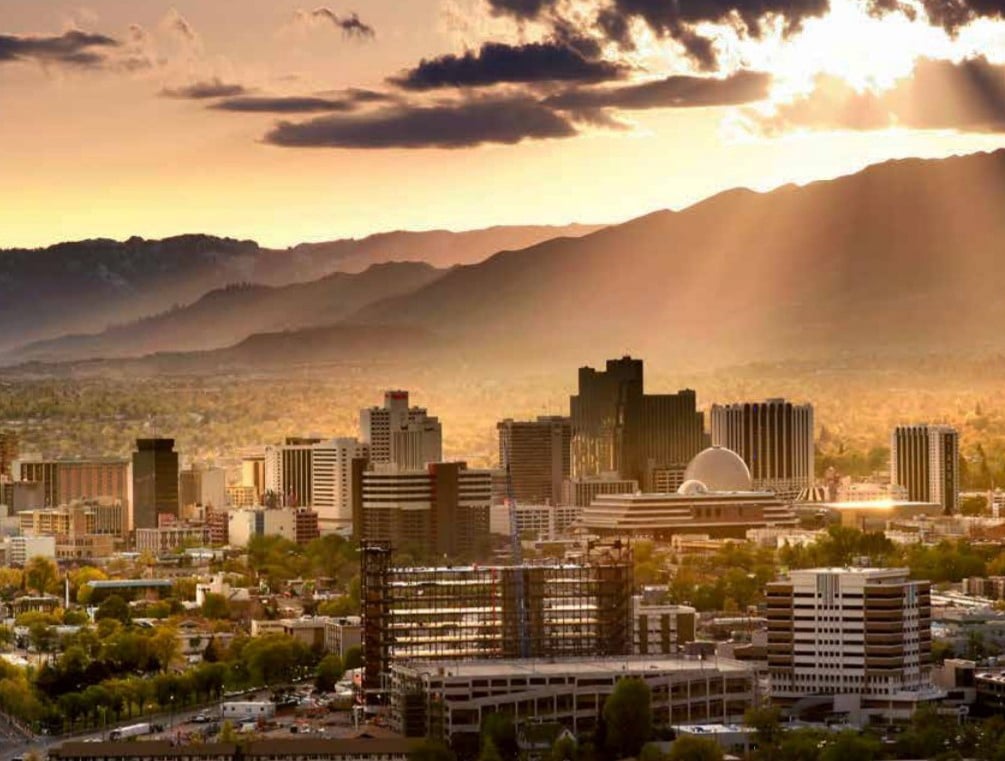RenoNevada, Nevada, has achieved an unwanted record: it is the city of United States has warmed the most in recent decades. According to a 2024 analysis, while the country as a whole has experienced an average temperature increase of 2.6 degrees Fahrenheit (1.4 degrees Celsius) since 1970, Reno has seen an increase of 7.6 degrees Fahrenheit (4.2 degrees Celsius). In July 2024, the city recorded its warmest month in recorded history.
This phenomenon does not affect all areas of the city equally. Neighborhoods near the airport and downtown Reno, characterized by a large amount of pavement and lack of vegetation, can reach significantly higher temperatures compared to residential areas with more green areas and natural shade. This thermal inequality is known as the heat islandThe urbanized areas retain more heat than vegetated areas.
In response to this problem, a group of 75 volunteers and citizen scientists undertook a campaign of thermal mapping in August 2024. Equipped with temperature sensors in their vehicles, they drove around the city to measure thermal contrasts between different neighborhoods. The data collected showed differences of up to 23 degrees Fahrenheit (13 degrees Celsius) between the hottest and coolest areas of Reno.

The heat island effect and its social impact
The measurements revealed that areas with lower socioeconomic levels tend to be the most affected by the extreme heat. The lack of trees, the abundance of pavement and the scarcity of access to cooling systems turn these neighborhoods into temperature hotspots. This phenomenon is not exclusive to Renostudies in other cities have shown that the urban overheating disproportionately affects low-income communities.
The extreme heat represents a serious threat to public health. Research indicates that heat-related illnesses can increase by as much as 11 % for each additional degree Celsius. In addition, a study in California revealed that a 10 degree Fahrenheit increase in temperature is associated with a 2.3 % increase in the number of deaths. Vulnerable groups, such as young children and the elderly, face the greatest risk.

Solutions and strategies for cooling Reno
Local authorities and community-based organizations are taking measures to mitigate the impact of the extreme heat. The collection of data from thermal mapping is helping to identify the priority areas for the tree plantingThe installation of reflective materials and the improvement of building air conditioning. Reno is part of a nationwide initiative promoted by the National Oceanic and Atmospheric Administrationa (NOAA), which since 2017 has supported projects of. heat mapping in more than 80 communities in the U.S. and some international cities.
Cities such as ToledoOhio, have already used this data to obtain funding to expand tree cover. At North CarolinaIn addition, reflective coatings are being implemented on roads to reduce asphalt temperatures. Reno seeks to replicate these efforts, using the information obtained from the mapping campaign to design effective heat mitigation strategies.

The challenge of combating urban overheating is significant, but experts believe that with local planning and action, it is possible to reduce the impact of the extreme heat in the population. As heat waves become more intense and more frequent due to the climate changeinitiatives such as these are key to the adaptation and resilience of the cities.
Source: Knowable


